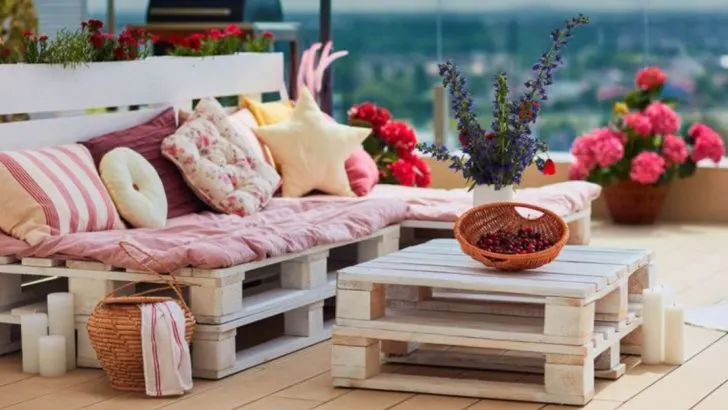When it comes to outdoor decorating, some trends have long outstayed their welcome. Designers have seen it all — from the excessive use of certain colors to outdated furniture that just doesn’t fit the modern landscape. The goal of outdoor design should be to create an inviting, stylish space that aligns with nature while feeling fresh and new. Unfortunately, some decorating choices have become tired and overdone.
As much as we love trying new trends, there are a few themes that interior designers and landscaping experts are ready to retire for good. Whether it’s tacky yard gnomes, plastic furniture, or overly thematic gardens that feel more like a museum exhibit, certain elements just don’t cut it anymore.
In this list, we break down 14 outdoor decorating themes designers wish would stay in the past. If you’re looking to refresh your space, it’s time to move away from these outdated looks and embrace something more sophisticated and timeless.
Pallet Furniture
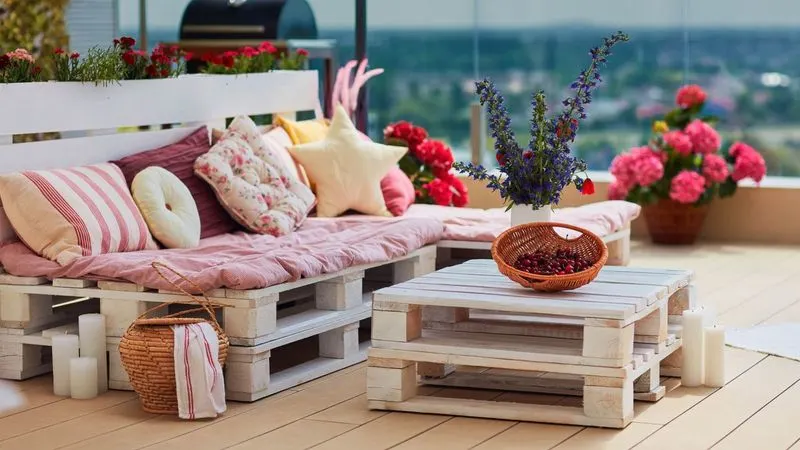
Pallet furniture might have seemed like a clever upcycling idea a few years ago, but it now often comes across as overly rustic and uncomfortable. Many find these pieces lack the sophistication and durability needed for an inviting outdoor area. Instead, consider investing in more polished and comfortable seating options that offer both style and support.
Additionally, pallets can sometimes harbor insects or chemicals, making them less ideal for family-friendly spaces. Upgrading to high-quality materials ensures longevity and a more refined aesthetic, aligning better with current design preferences.
Excessive Garden Gnomes
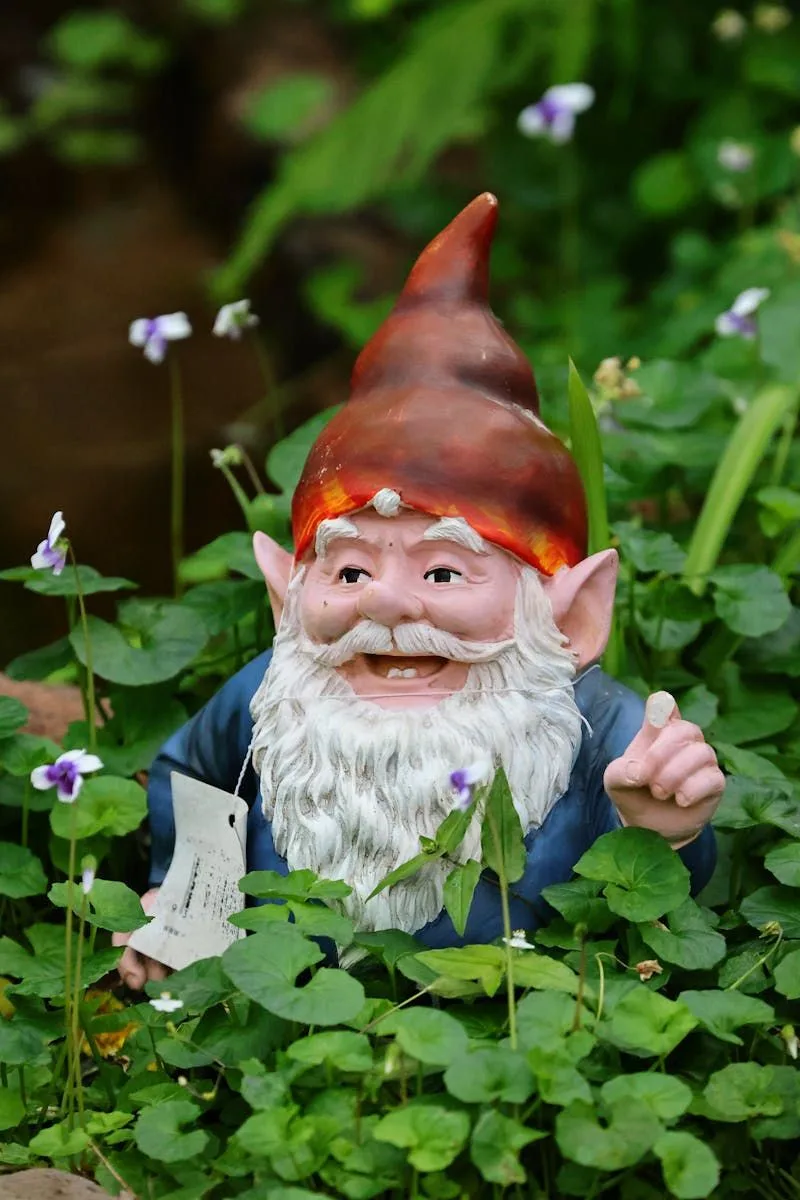
Garden gnomes have a whimsical charm, but when they take over the yard, the result can be visual chaos. Too many can distract from natural beauty and make a space feel cluttered. Opt for a minimalist approach, using one or two well-placed gnomes to add character without overwhelming.
Balancing ornamentation with open space allows the natural elements of your garden to shine. Also, consider incorporating other types of garden art for a more varied and sophisticated look that complements your outdoor environment.
Tiki Torches Everywhere
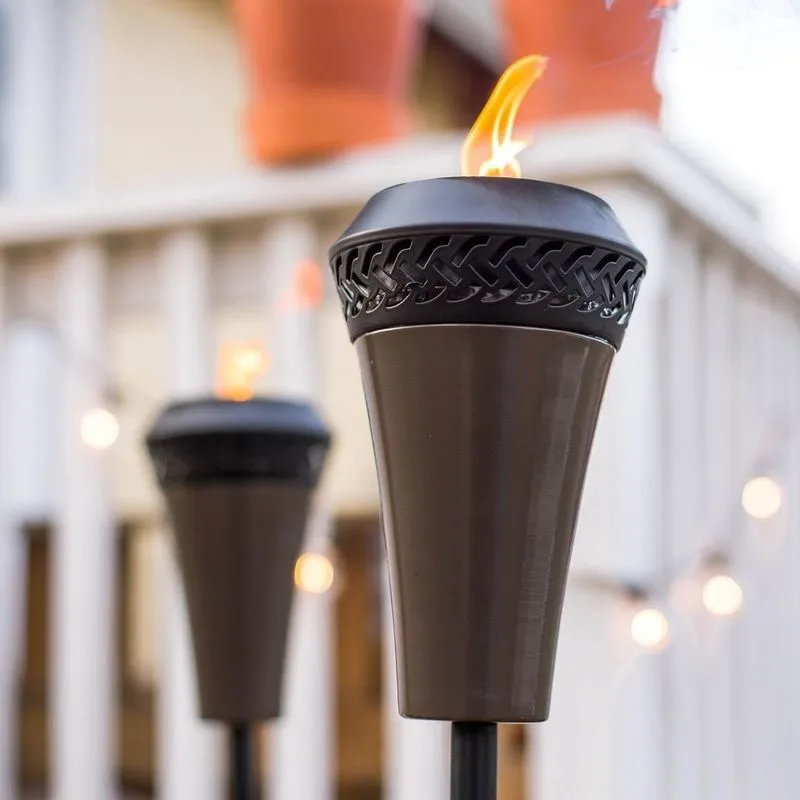
Tiki torches were once synonymous with backyard parties, but their overuse can lead to a cluttered and kitschy atmosphere. While they offer lighting and ambiance, they can also be a safety hazard if not used properly.
Instead, explore other lighting solutions like string lights or lanterns that provide illumination with style. These alternatives can create a cozy atmosphere without the fire risks, and are more in line with contemporary design trends.
Artificial Turf Overkill
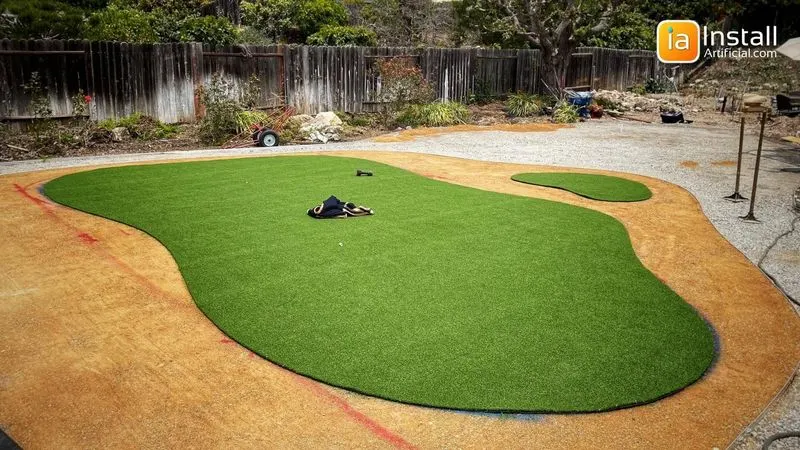
Artificial turf can be a practical solution for certain areas, but when used excessively, it can appear lifeless and synthetic. It lacks the warmth and texture of real grass, which can detract from a garden’s natural appeal.
Mix in natural elements, such as potted plants or stone pathways, to soften the look. A balance of artificial and organic materials can harmonize the space, making it feel more welcoming and eco-friendly.
Brightly Colored Mulch
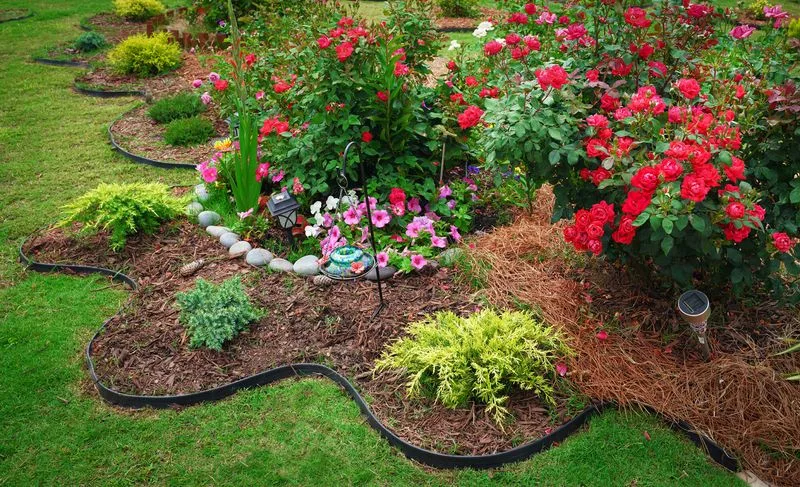
Brightly colored mulch can seem vibrant at first, but it often competes with the colors of your plants, creating a disjointed visual experience. Earthy tones tend to complement nature better and are more pleasing to the eye.
Consider switching to natural wood chips or bark, which decompose over time and enrich the soil. This choice not only enhances the aesthetic appeal but also supports a more sustainable gardening practice.
Overly Themed Decor
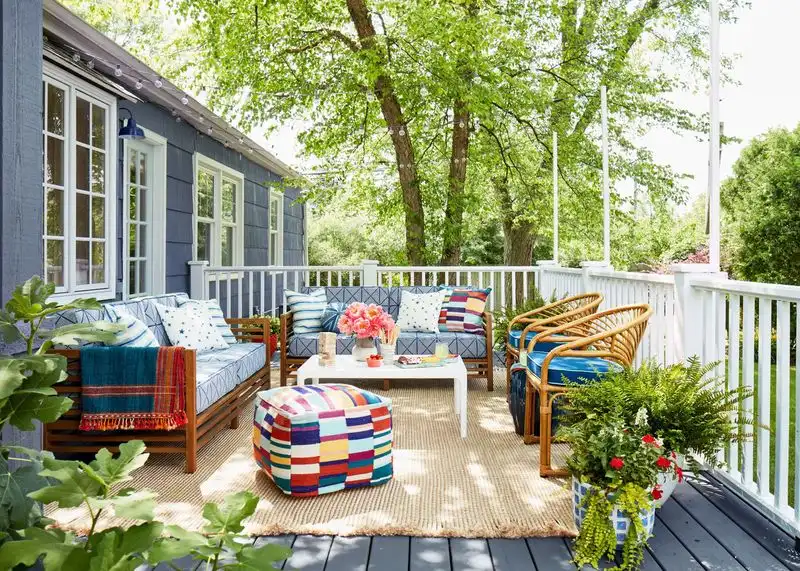
Themes like nautical or southwestern can quickly become overwhelming if overdone. Too many themed elements can make your space feel more like a theme park than a relaxing retreat.
Incorporate subtle hints of your chosen theme rather than filling every corner with related decor. This approach keeps your space tasteful and allows for easier updates as your style evolves.
Plastic Patio Furniture
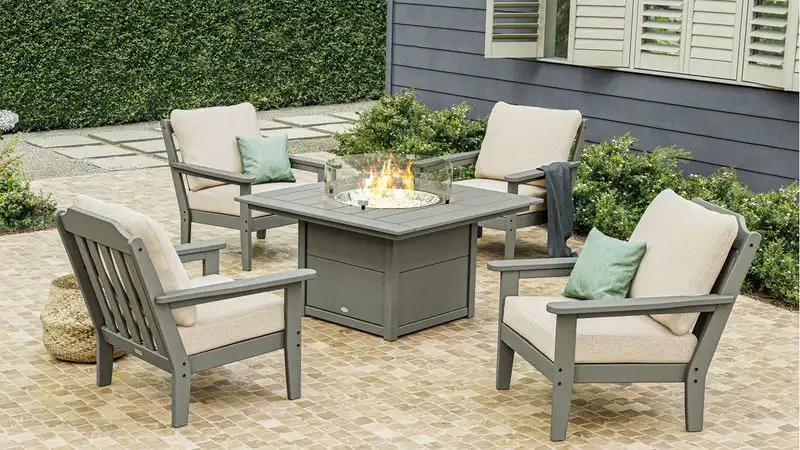
Plastic patio furniture may be budget-friendly, but it often lacks the elegance and durability of other materials. Over time, it can fade and become brittle, detracting from the overall appeal of your outdoor space.
Consider investing in pieces made from wood, metal, or wicker, which offer both style and longevity. These materials not only add aesthetic value but also withstand the elements better, enhancing your outdoor experience.
Overbearing Water Features

Large and elaborate water features can dominate small spaces, leaving little room for other elements to shine. When too grandiose, they can feel out of place and draw too much attention.
Select smaller, more understated water features that integrate seamlessly into the landscape. This choice allows for a balanced composition where all elements complement each other, rather than one overpowering the rest.
Cliché Inspirational Signs
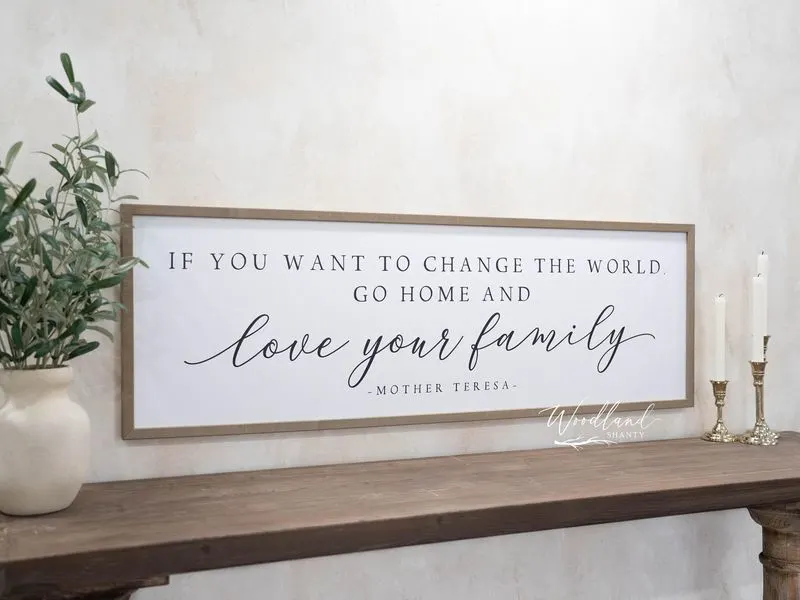
Inspirational signs have their charm, but they can feel cliché and overdone, especially outdoors. They often distract from the authenticity of a space and might not withstand the elements.
Opt for unique art pieces or custom signs that reflect your personal style and interests. This personalization adds character to your space and resonates more meaningfully than generic phrases.
Matchy-Matchy Sets
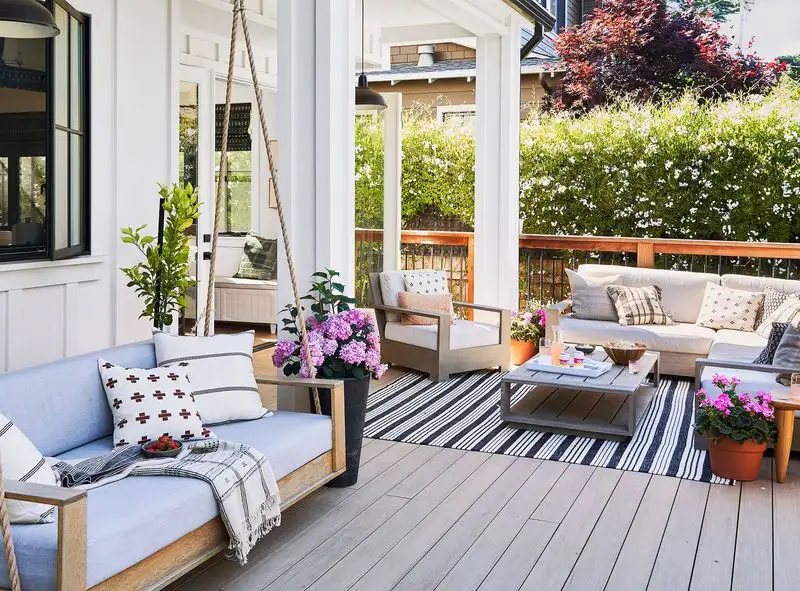
While matching furniture sets offer cohesion, they can also lead to a lack of creativity and personalization. The uniformity may appear sterile and uninspired, missing the opportunity for character.
Mix and match different styles, materials, and colors to create a dynamic and inviting space. This approach allows your personality to shine through, making your outdoor area more engaging and unique.
Synthetic Topiary Overload
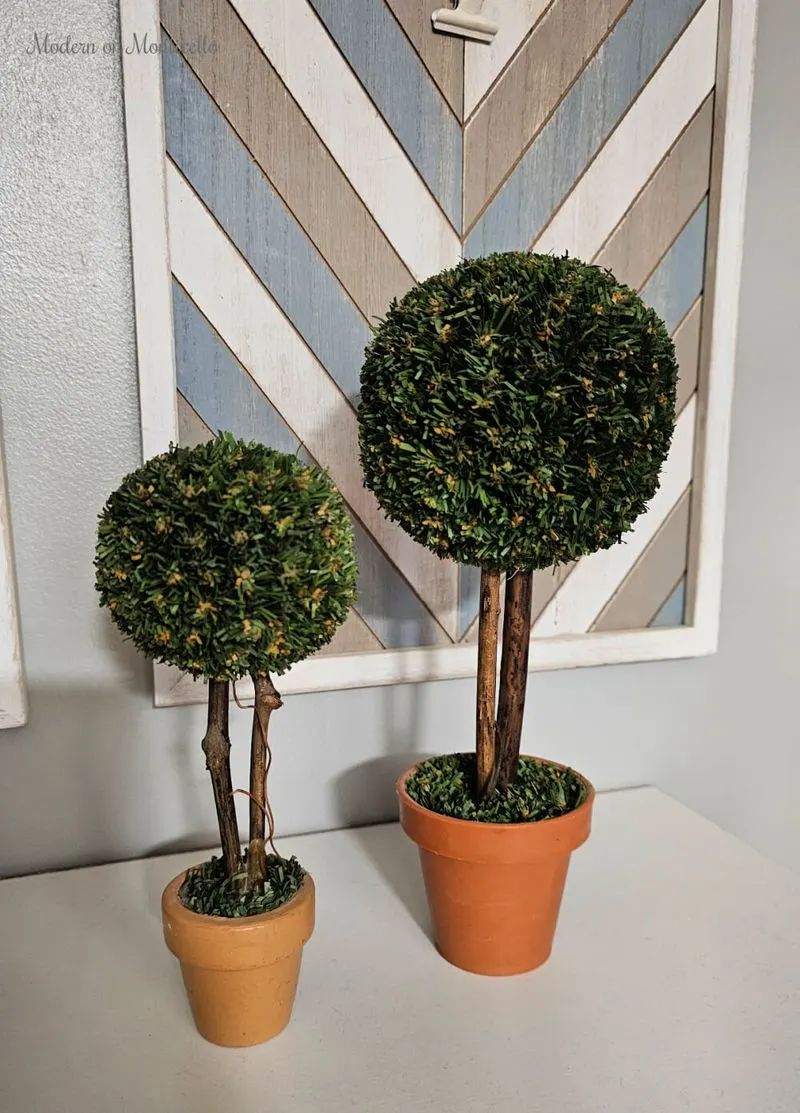
Synthetic topiaries can add structure, but when overused, they create an artificial vibe that clashes with nature. They lack the organic charm and changing nature of real plants, which can make a garden feel static.
Use them sparingly, complementing with live plants to balance the aesthetic. This harmony between artificial and natural elements can enhance the beauty of your garden without overpowering it.
Over-Sized Outdoor Rugs
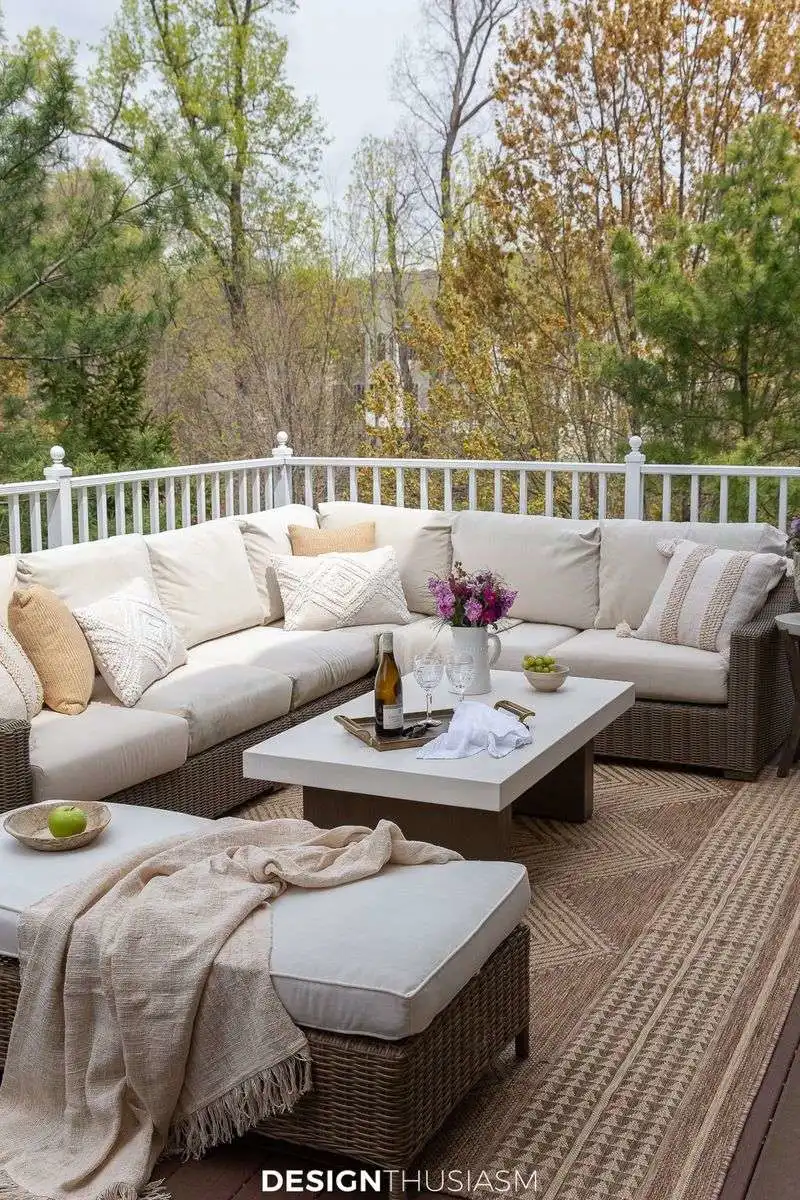
Outdoor rugs help define spaces, but oversized ones can overwhelm an area, especially when paired with mismatched furniture. The result can be a cluttered and unbalanced look.
Select appropriately-sized rugs that fit the space without dominating it, allowing furniture to stand out. This choice maintains visual harmony and ensures your outdoor area feels spacious and inviting.
Too Many String Lights
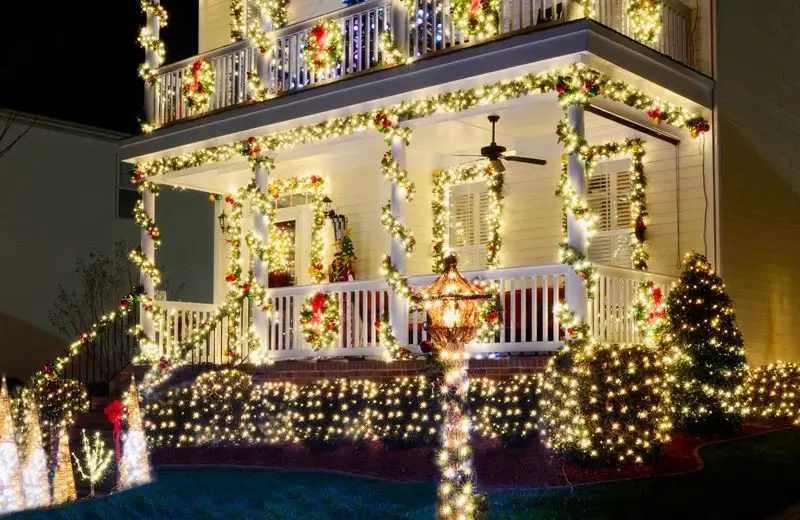
String lights are popular for their cozy ambiance, but an excess can lead to a cluttered and overwhelming look. This tangled mess distracts from the serene environment you aim to create.
Choose a strategic approach by highlighting specific areas, like seating or pathways, instead of covering every inch. This provides focus and sophistication, enhancing the overall atmosphere.
Pea Gravel Everywhere

Pea gravel is versatile for pathways, but when covering large areas, it can create a barren and uninviting landscape. Its loose nature can also pose challenges for walking and maintenance.
Incorporate it sparingly, using it to accentuate specific features or pathways. Complement with diverse planting to soften the look and add vibrancy, avoiding a monotonous gravel-dominated scene.

